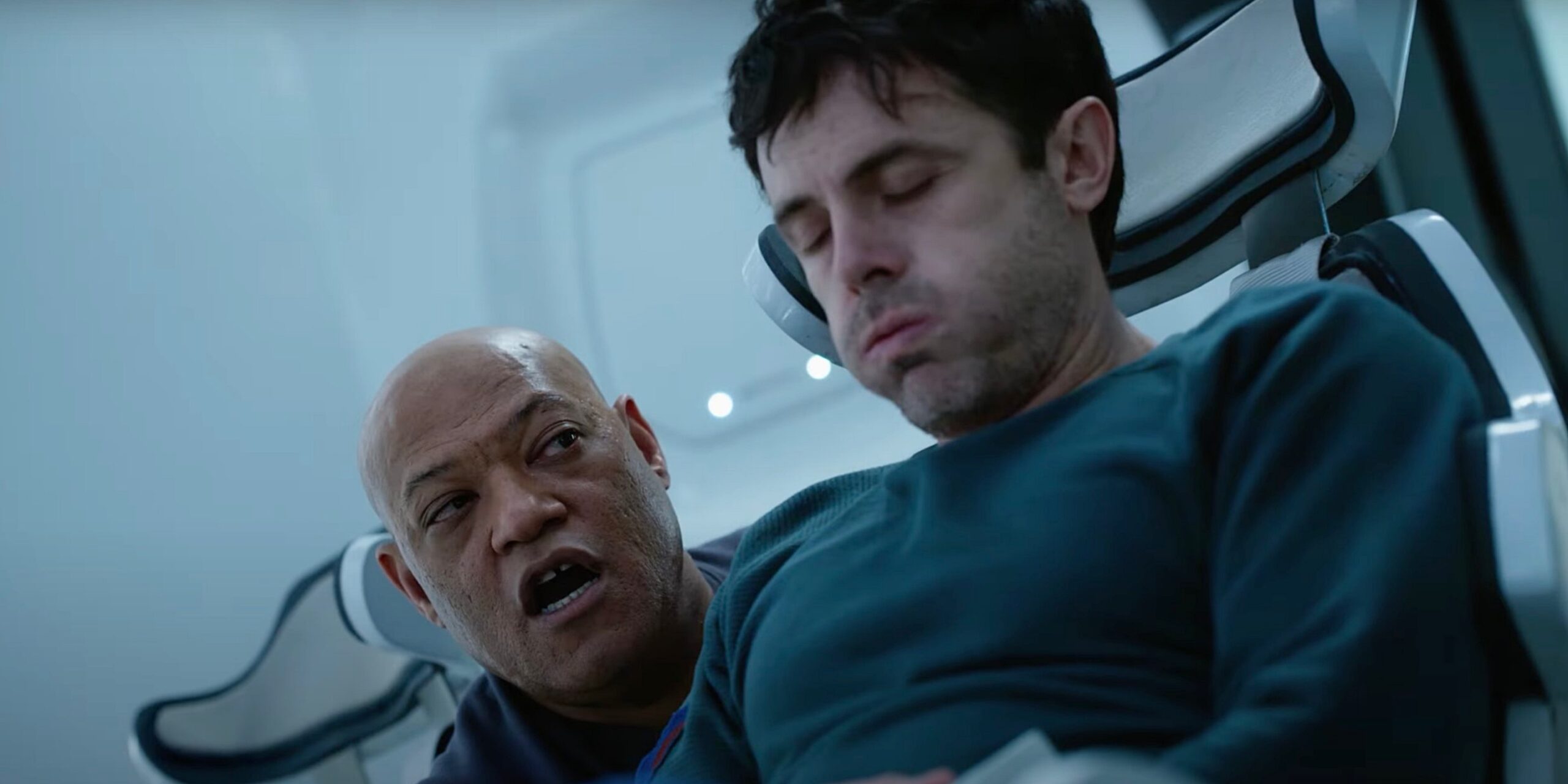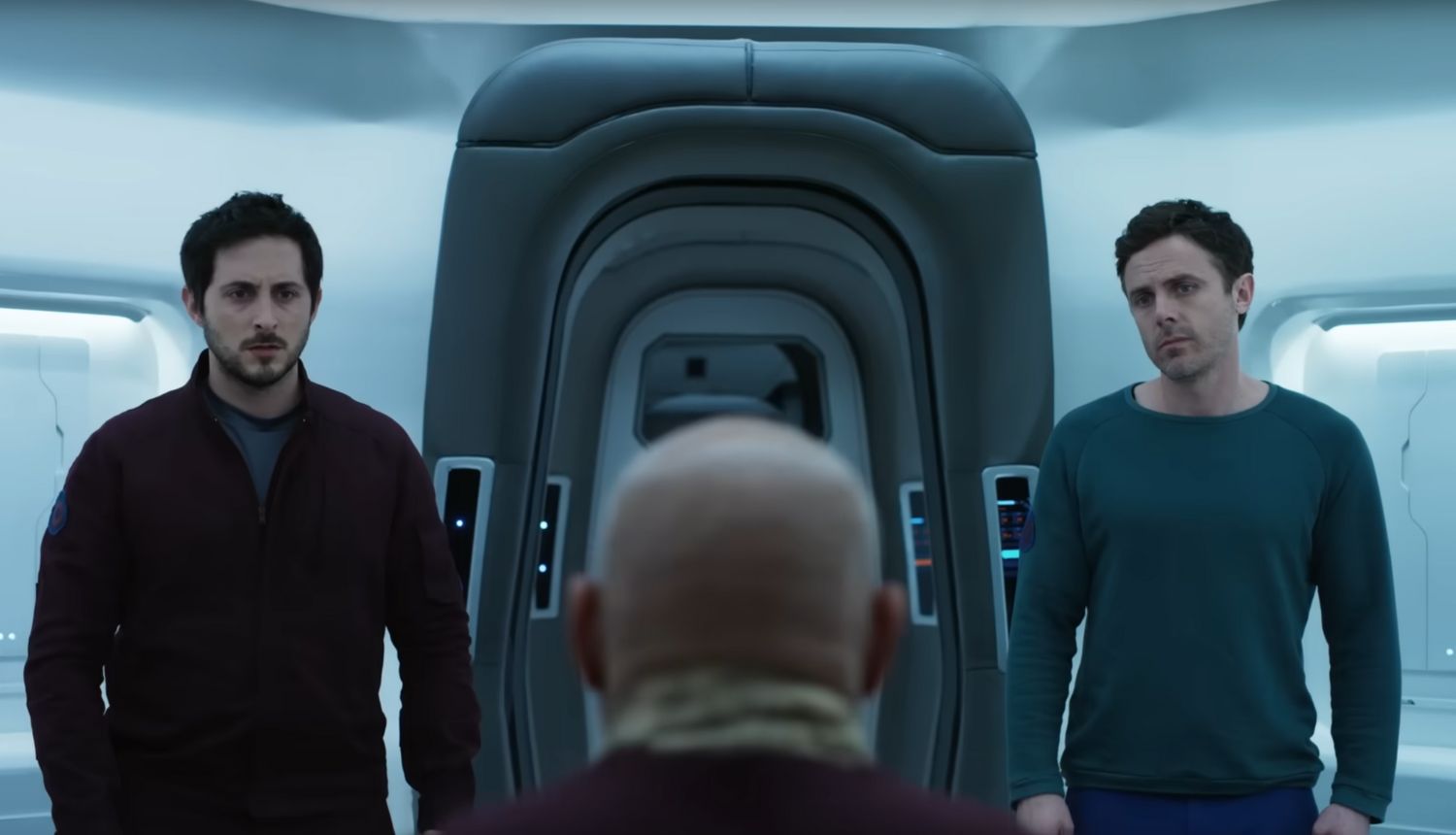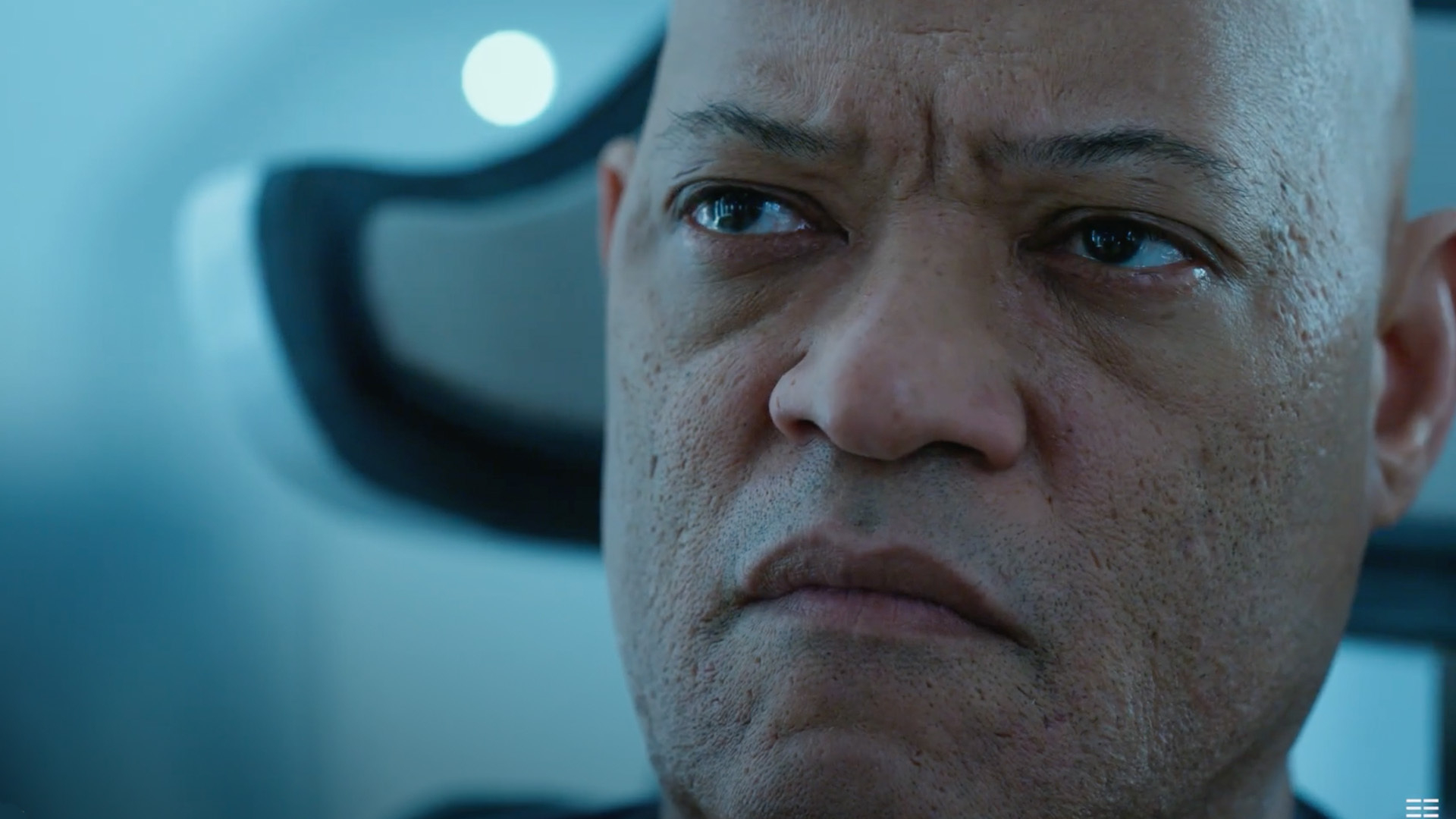“Slingshot” (2024) is a science fiction psychological thriller directed by Mikael Håfström, featuring a star-studded cast that includes Casey Affleck, Laurence Fishburne, and Emily Beecham. Set in space, the film follows astronaut John, who awakens from a hibernation cycle aboard the Odyssey 1 spacecraft.
His mission is to travel to Titan, one of Saturn’s moons, to collect valuable natural resources for Earth. As John faces the psychological toll of long-term space travel, he begins to experience hallucinations, triggering a gripping narrative filled with paranoia and uncertainty.
The film takes the audience on a psychological journey as John navigates his deteriorating mental state while the mission’s success hangs in the balance. Through hallucinations of other crew members, he begins to question his reality and the true nature of the mission.
The official synopsis of the film describes it as a psychological thriller, with the crew preparing for a dangerous slingshot maneuver around Jupiter that could either propel them toward Titan or into deep space. As tensions rise, the line between reality and delusion becomes increasingly blurred.

Hibernation Side Effects and Hallucinations Affect John’s Mental State
As the film unfolds, John’s mental state deteriorates due to the side effects of hibernation. He starts to experience vivid hallucinations of his girlfriend Zoe, whom he can barely remember. Nash, one of the crew members, reassures him that the powerful drugs used for hibernation are causing these temporary memory lapses, and they will subside over time.
However, John’s paranoia escalates when he believes that the ship is under attack. Tensions rise as the crew, led by Captain Franks, prepares for the slingshot maneuver around Jupiter, and John’s hallucinations intensify, leading to moments of confusion and distrust among the crew.
Amid these challenges, Nash expresses concern about the ship’s ability to make it through the mission. The crew begins to suspect that the spacecraft may be compromised, even though there is no clear evidence of damage. John and Nash consider mutiny as a way to save themselves and return to Earth, but Captain Franks intervenes, forcing them to continue with the mission.
John’s paranoia continues to grow, especially after an accident on the ship that causes him to question the intentions of his fellow astronauts. As John’s grip on reality weakens, the crew’s dynamics become strained, and their interactions take on an increasingly ominous tone.
As the film progresses, John’s deteriorating mental state becomes more apparent, especially after an incident where Nash becomes convinced that the reactor will prevent them from reaching Titan. Franks accuses Nash of sabotaging the mission, leading to further conflict. John is forced into hibernation by Franks, who uses a handgun to ensure the mission’s continuity.
Before being put to sleep, John has a final moment of clarity, realizing that he may have witnessed Nash’s death at the hands of Franks. Upon waking, John finds Nash missing, and Captain Franks becomes more authoritarian, carrying a weapon to prevent any disruptions to the mission. John’s hallucinations intensify, and he hears Zoe’s voice over the radio, further fueling his paranoia.
As John becomes more isolated in his mind, Captain Franks reveals a shocking truth—Zoe, his girlfriend, is nothing more than a fabricated psychological test. John’s entire relationship with her was part of an experiment to assess his mental fitness for space travel.
This revelation sends John into a spiral of confusion and disbelief, leading him to question the reality of everything around him. Desperate for answers, he checks the ship’s systems and uncovers a disturbing truth: he has been alone all along, and his mind created the personalities of Franks, Nash, and Zoe. The narrative takes a dramatic turn as John realizes that his entire mission has been a carefully constructed illusion, and he is not in space at all.

The Shocking Revelation: John Was Alone the Whole Time
In a shocking twist, John discovers that his real name is Captain John Nash Franks, and he has been hallucinating the entire mission. His supposed interactions with his crew members and his relationship with Zoe were all fabricated by his mind. The reality behind the mission is far different than he ever imagined.
He was never aboard a spacecraft traveling to Titan, but rather confined to an underground base in New Mexico. This facility was part of a psychological experiment designed to test the effects of hibernation and isolation. The mission to Titan was a cover for the real experiment, and John had unknowingly been overdosed on hibernation drugs, causing his deteriorating mental health.
The film reaches its climax as John learns from Zoe, who he calls over the short-range radio, that he is not in space but in a controlled environment. She explains that an earthquake damaged the underground base, and the hibernation tests went awry, resulting in his drug overdose.
The mission to Titan was a lie, and the airlock he is about to step through represents his escape from the simulation. However, John remains uncertain about the truth. He prepares to leave through the airlock, still believing Zoe’s story, despite Captain Franks’ insistence that it may all be a dream. As John steps into the airlock, the film leaves the audience questioning whether he has truly escaped or if his entire reality remains a hallucinatory construct.
As John prepares to exit the spacecraft, he faces a final, crucial decision: to trust his perception of reality or to accept the possibility that everything, including Zoe and his mission, was a fabrication. In the last moments of the film, John steps into what he believes is an underground facility, only to realize that he has been hallucinating all along.
His journey from the spacecraft’s airlock leads him to a sobering realization that he has been trapped in his mind, and his escape into space was merely a final step in his psychological breakdown. The film ends on an ambiguous note, leaving the audience to ponder whether John’s quest for reality was a desperate attempt to escape his own delusions or a tragic consequence of his psychological unraveling.
“Slingshot” is a thought-provoking exploration of isolation, mental health, and the boundaries between reality and delusion. The film’s psychological depth, combined with the suspenseful space setting, creates a haunting narrative that keeps the audience guessing until the very end.
Through its intricate portrayal of John’s mental state and his interactions with his imagined crew members, the film sheds light on the profound impact of isolation and prolonged space travel. The ambiguous ending challenges viewers to reconsider the nature of reality and the limits of the human mind, making “Slingshot” a compelling addition to the science fiction genre.



